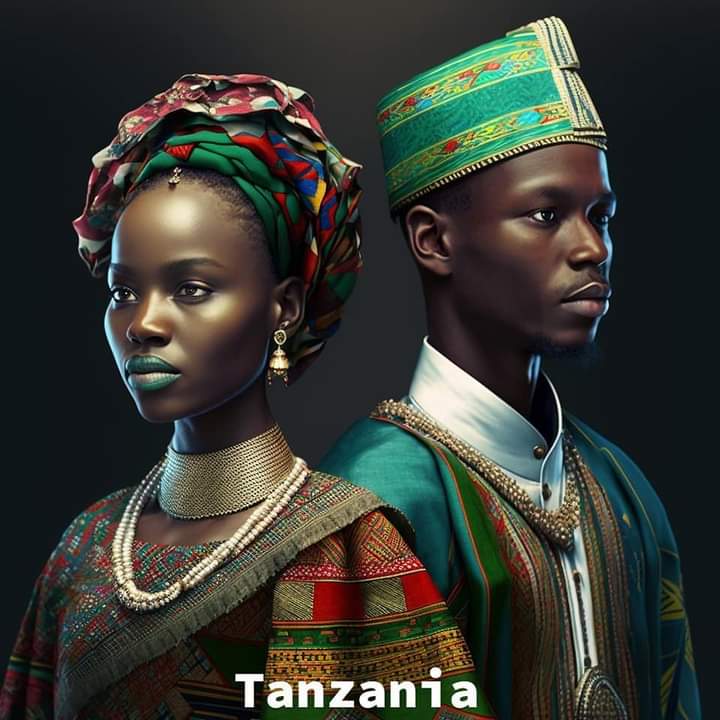About Tanzania
Tanzania is in central east Africa and is bordered by Kenya, Uganda, Rwanda, Burundi, the Democratic Republic of the Congo, Zambia, Malawi, and Mozambique. There is a coastline on the Indian Ocean.
A unitary republic, there are 26 mikoa (regions) in the United Republic of Tanzania. Jakaya Mrisho Kikwete is the head of state and was elected in 2005. Dodoma has been the capital since 1996. From the country’s independence to 1996, Dar es Salaam was the capital. Dar es Salaam is still the country’s commercial center and the seat of many government agencies. Tanzania acts as the seaport for many of the country’s landlocked neighbors.
The population is estimated at 60,445,249 million (2019).
History
Tanzania is one of the earth’s oldest known continuously inhabited areas. There are fossil remains of humans and hominids that date back more than 2 million years. Tanzania is believed to have been populated by Cushitic and Khoisan speaking people. Bantu speakers arrived approximately 2,000 years ago. Niloltic pastoralists arrived later and continued to do so up to the 18th century.
Since the early first millennium AD, merchants from Western India and the Persian Gulf visited the East African coast. Islam began to be practiced in the area around the 8th or 9th century AD.
Omani Sultan Seyyid Said claimed the coastal strip and moved his capital to Zanzibar City in 1840. The city became the Arab slave trade’s center around this time. Of the Arab-Swahili population in Zanzibar, 65 percent to 90 percent were enslaved. Tippu Tip was one of the most famous slave traders in the region. Msiri and Mirambo led the Nyamwezi slave traders.
Germany conquered what became modern day Tanzania, Rwanda, and Burundi in the late 1800s. This area was incorporated into German East Africa. The British attempted a failed invasion during World War I. After repulsing the British, German General Paul von Lettow-Vorbeck began a guerilla campaign. After the war, the League of Nations made the area a British Mandate with the exception of a small area given to Belgium that became Burundi and Rwanda.
In 1961, British rule ended when the country transitioned to independence relatively peacefully. The Tanganyika African National Union (TANU) was the leading political organization in Tanzania.
Julius Nyerere, who formed the TANU, became the Prime Minister at independence. Soon after taking power, he committed to Pan-African socialism. Large industries and banks were nationalized.
When the Arab dynasty in Zanzibar was ousted in the Zanzibar Revolution, it merged with Tanganyika to form Tanzania in 1964.
The economy faltered in the late 1970s. Tanzania aligned with China in exchange for aid.
Beginning in the mid-1980s, the government borrowed from the IMF and instituted some reforms. The GDP and per capita income grew.

